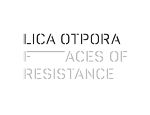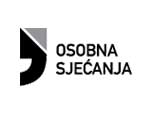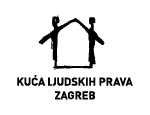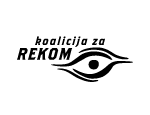Presentation of a virtual guide to the history of the Goli Otok internment camp
On the occasion of the Europe-Wide Day of Remembrance for the victims of all totalitarian and authoritarian regimes, Documenta – Center for Dealing with the Past and the Zagreb Office of the Friedrich Ebert Foundation presented a virtual guide to the history of the Goli Otok internment camp, available at https://goli.hr/
The online presentation of the guide, held on Friday, August 21, was opened by Türkan Karakurt, Head of the Zagreb Office of the Friedrich Ebert Foundation, who expressed her satisfaction with the virtual guide as a concrete result of many years of effort to honor the memory of Goli Otok and its detainees. Dr. Boris Stamenić, coordinator of the Culture of Remembrance program at Documenta, presented the structure of the website and its content.
The ensuing discussion was moderated by Dr. Lana Mayer from the Europe House Vukovar who took the participants through an interesting set of questions about the past, present and future of Goli Otok. Dr. Martin Previšić, assistant professor at the Department of History, Faculty of Humanities and Social Sciences in Zagreb and author of an extensive monograph entitled “History of Goli Otok”, presented numerous interesting facts about the camp prisoners and their everyday lives. Vladi Bralić, PhD candidate at the Faculty of Architecture in Zagreb, spoke about the buildings on the island as well as the island’s geomorphological and climatic features that also had a significant influence on the detainees’ lives.
Numerous participants joined the discussion by asking interesting questions and pointing out the importance of dealing with the topic of Goli Otok. Darko Bavoljak, president of the Goli Otok association “Ante Zemljar”, which brings together former detainees and members of their families, praised the virtual guide as the most concrete step so far in bringing the topic closer to the general public.
Dr. Boris Stamenić emphasized that the virtual guide is an important step in honoring the memory of Goli Otok and called on all those interested to support the further upgrade of the guide with additional content. He emphasized the importance of allocating funds for conserving and protecting the site as a prerequisite for preserving the remains of the former camp and later prison on Goli Otok, which will not be possible without government support. The creation of a museum and education center for visitors to Goli Otok was highlighted as a long-term goal.
The virtual guide in Croatian and English is available at https://goli.hr/









